The Easiest Way To Keep Your Fish Tank Clean - A Step-by-step Guide
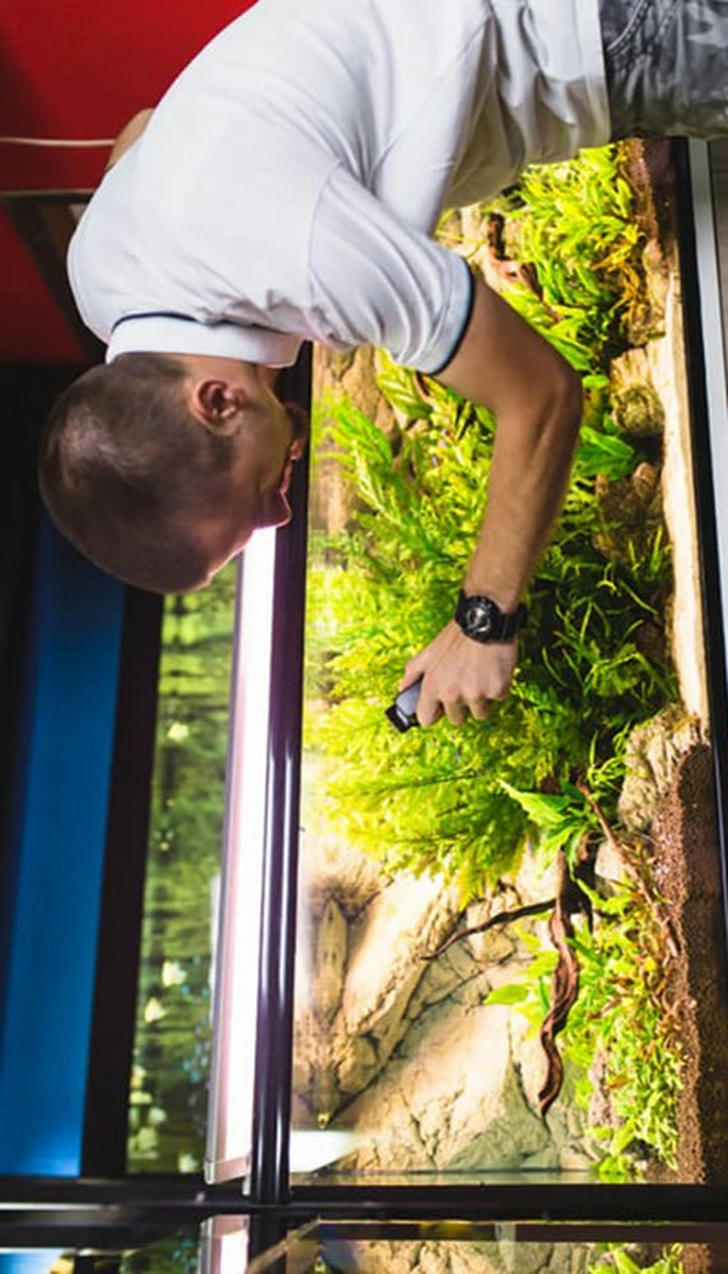
Keeping a fish tank clean is essential for the health and wellbeing of your fish and other aquatic creatures. However, regular tank maintenance can be tedious and time-consuming. Fortunately, there are easy and efficient ways to keep your tank clean and healthy. So, let’s get started!
Why is it important to keep a fish tank clean?
A lack of maintenance can cause algae and bacteria to build up, creating harmful toxins and odours. These will put your fish under stress and can even lead to death, especially in planted aquariums. A clean tank is also beneficial for the overall aesthetic of your home.
Essential tools for tank cleaning
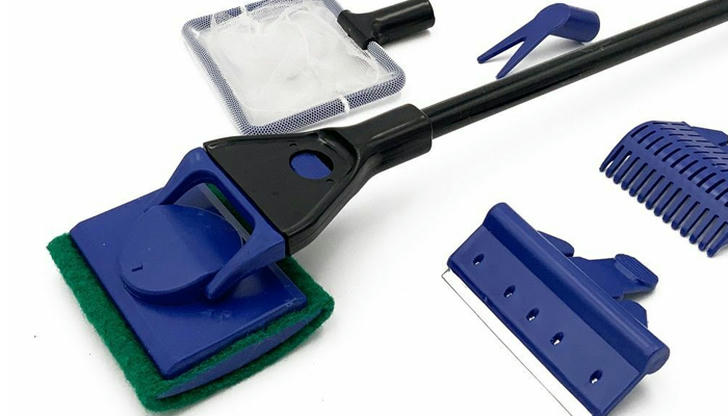
Fish net - A fish net is an essential tool for removing dead fish and plants from the tank. While you can use a net to transfer new fish into the tank, it is also useful for removing unwell fish for treatment and euthanasia. Be careful when using a net and make sure you are gentle to avoid any harm to your fish or other aquatic creatures.
Squeeze-type aquarium gravel cleaner - These are great for removing algae from the substrate, especially when you are cleaning the tank. Simply place the squeezer in the gravel and squeeze to lift the dirt and algae.
Sponge - Sponges are a great way to clean the walls of your tank. Simply wet the sponge and rub the walls of the tank, removing dirt, algae, and any other build-up.
Gravel vacuum cleaner - If you have an established tank with a lot of gravel, then a gravel vacuum cleaner is a handy tool to have around. They are great for sucking up the dirt, gravel, and leftover food from the substrate.
Cleaning agent - Cleaning agents such as vinegar, baking soda, and aquarium salt are great for removing odours and stains from your tank.
Step-by-step guide to cleaning your tank
a. Cleaning the substrate
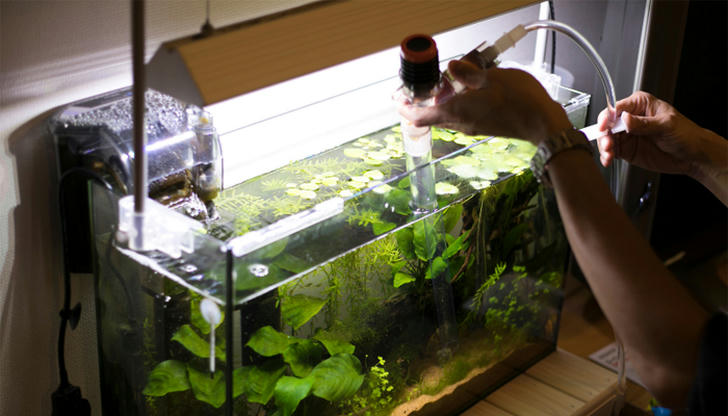
If your tank has a substrate, then cleaning the substrate is an essential part of tank cleaning. Depending on the type of substrate you have in your tank, you can vacuum it or you can clean it with a squeezer. If you have sand in your tank, you do not need to clean it as often as you would gravel. However, it is still important to clean it every once in a while to remove any dirt or algae that may have built up.
b. Removing debris from the tank
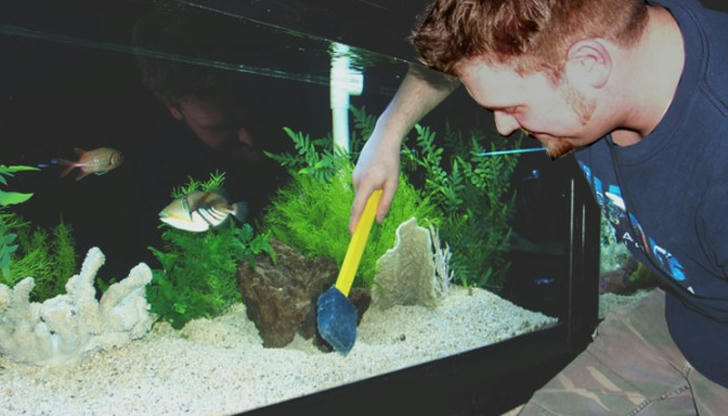
It is best to remove any dead fish or plants from the tank as soon as you notice them so you do not risk spreading harmful bacteria. Some fish, such as corydoras, can also leave behind a lot of waste, which can build up in the tank.
c. Cleaning the tank walls
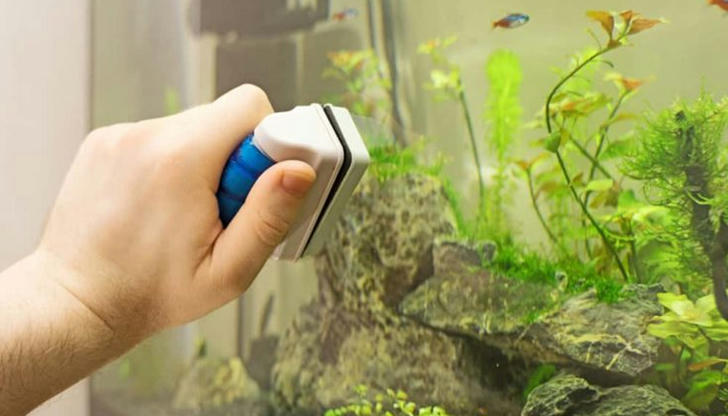
You can use a sponge or a cleaning agent such as vinegar to wipe down the walls of the tank.
d. Cleaning the filter
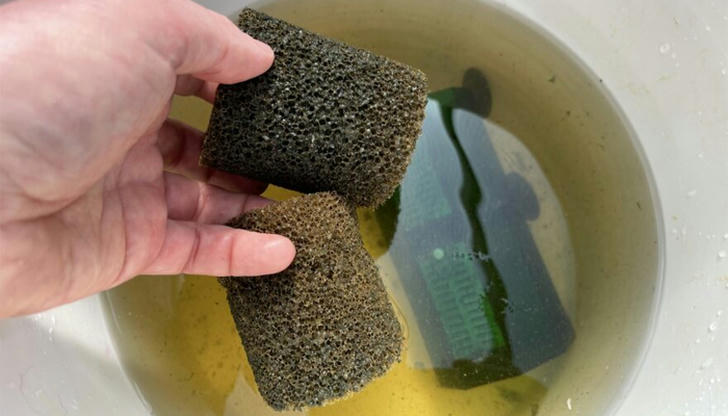
If the filter becomes clogged up with dirt, it will affect the amount of water being filtered, which can be detrimental to your fish. Make sure to replace the media back into the filter once it is clean.
e. Performing water changes
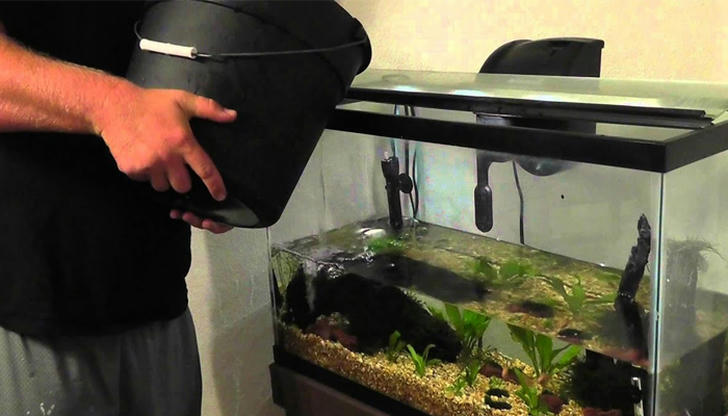
Water changes will remove harmful toxins, such as ammonia, from the water. Regularly changing the water will remove the build-up of ammonia and other toxins, preventing the death of your fish. If you have a fish tank with a filter, then you may only need to change 10-15% of the water every week. If you have a fish tank without a filter, then you may need to change 25-30% of the water every week.

